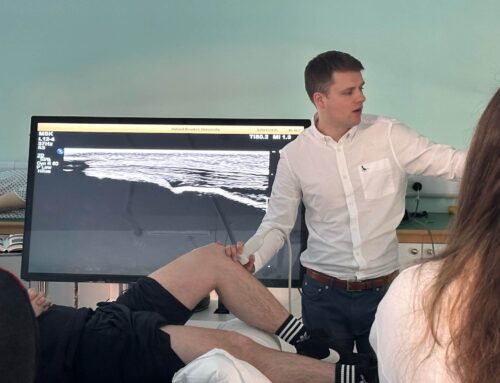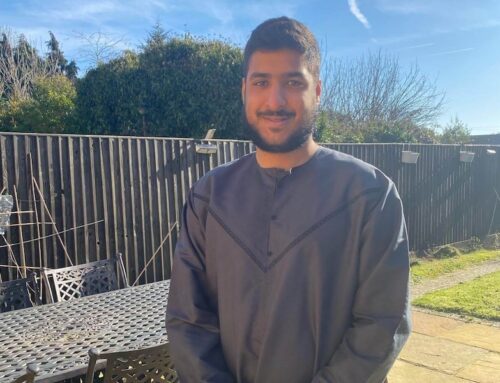These days adolescents play an awful lot of sport and generally are extremely active. This may leave them venerable to childhood growth disorders.
Below we have outlined one very common problem; Sever’s disease. For further advice please contact us at EPM.
What is Sever’s Disease?
Sever’s disease is a common cause of heel pain in active children. Sever’s disease, also called calcaneal apophysitis, occurs when the growth plate of the heel is injured by excessive forces during early adolescence
What Causes Sever’s Disease?
Sever’s disease is a common cause of heel pain in physically active growing kids.
It usually occurs during the growth spurt of adolescence, the approximately 2-year period in early puberty when kids grow most rapidly. This growth spurt can begin anytime between the ages of 8 to 13 for girls and 10 to 15 for boys
Peak incidences are:
- Girls: 8 to 10 years old.
- Boys: 10 to 12 years old.
What are Sever’s Disease Symptoms?
As a parent, you may notice your child limping while walking or running awkwardly. If you ask them to rise onto their tip toes, their heel pain usually increases. Heel pain can be felt in one or both heels in Sever’s disease.
How is Sever’s Disease Diagnosed?
Sever’s disease can be diagnosed based on your history and symptoms. Clinically, your physiotherapist will perform a “squeeze test” and some other tests to confirm the diagnosis.
Some children suffer Sever’s disease even though they do less exercise than other. This indicates that it is not just training volume that is at play. Foot and leg biomechanics are a predisposing factor.
The main factors thought to predispose a child to Sever’s disease include:
- decrease ankle dorsiflexion.
- abnormal hind foot motion eg overpronation or supination.
- tight calf muscles.
- excessive weight-bearing activities eg running.
What’s the Treatment for Sever’s Disease?
Sever’s disease treatment should be based on eliminating pain and restoring normal foot and leg biomechanics.
Phase 1 – Early Injury Protection: Pain Relief & Anti-inflammatory Tips
As with most soft tissue injuries the initial treatment is Rest, Ice, and Protect.
In the early phase you’ll most likely be unable to walk pain-free. Our first aim is to provide you with some active rest from pain-provoking activities.
“No Pain. No Gain.” does not apply in Sever’s disease. If it hurts your child is doing too much exercise. Your child should reduce or cease any activity that causes heel pain.
Ice is a simple and effective modality to reduce your pain and swelling. Please apply for 10 – 15 minutes each 2 to 4 hours during the initial phase or when you notice that your injury is warm or hot.
Most children can tolerate paracetamol as a pain reducing medication. Check with your doctor.
To support and protect your heels, you may need to be wear shock absorbing heel cups or a soft orthotic. Kinesio foot taping may help to provide pain relief.
Your physiotherapist will guide you and utilise a range of pain relieving techniques including joint mobilisations for stiff ankle or subtalar joints, massage or electrotherapy to assist you during this painful phase.
What about Orthotics or Heel Cups?
Occasionally, an orthotic may need to be prescribed for temporary or long-term correction of their foot biomechanics (eg flat feet or high arches).
During the acute phase of Sever’s disease a small heel rise or shock-absorbing heel cup placed under the heel pad of your child’s foot may help to ease the symptoms.
What are the Long-Term Consequences of Sever’s Disease?
Poorly treated Sever’s disease can result in a permanent bone deformity at the rear of the heel bone. Long-term this can cause shoe-fitting difficulties and blisters.
Less obvious long-term effects can include foot arch problems leading to plantar fasciitis or heel spurs and tight calf musculature leading to Achilles tendonitis.
How Can You Prevent Sever’s Disease?
Sever’s disease may be prevented by maintaining good joint and muscle flexibility in the years leading up to, and during, their growth spurts (eg girls 8 to 10, boys 10 to 12).
Foot arch problems such as flat feet should be addressed after the age of five if they don’t appear to be self-correcting. If you are concerned, please ask your health practitioner. The most important factor is the amount of weight-bearing exercise your child is currently performing.
Finally, LISTEN To Your Child!
If your child is suffering heel pain between the ages of 8 to 12, suspect Sever’s disease until proven otherwise.



